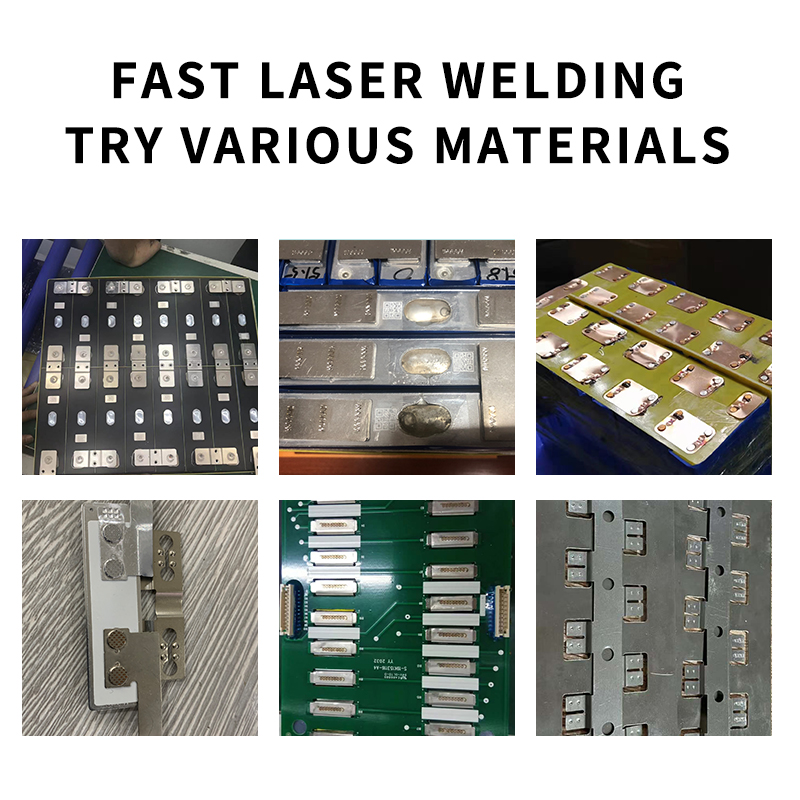When manufacturing battery packs at scale, choosing the right welding method significantly impacts production efficiency, product quality, and overall costs. Two common techniques—laser welding and ultrasonic welding—each have distinct advantages. This article examines their differences, focusing on performance and cost-effectiveness for high-volume production.
With over two decades of experience in battery welding equipment, Styler has developed laser welding systems that prioritize ease of use, reliability, and consistent performance. Our solutions are designed to meet the demands of modern battery manufacturing.
1. Equipment and Setup Costs
- Laser Welding: The initial investment is higher due to the advanced technology involved, including precision optics and laser sources. However, systems like those from Styler are built for durability, reducing long-term maintenance needs.
- Ultrasonic Welding: Generally has a lower upfront cost since it relies on mechanical vibration rather than laser energy. However, frequent replacement of components like sonotrodes can increase expenses over time.
Key Consideration: While ultrasonic welding may appear more affordable initially, laser welding often proves more cost-effective for large-scale production due to its efficiency and longevity.
2. Production Speed and Scalability
- Laser Welding: Capable of extremely fast weld cycles (often less than a second per joint) and can process multiple points simultaneously with scanning technology. This makes it ideal for high-throughput manufacturing.
- Ultrasonic Welding: Slower by comparison, as each weld requires direct contact and vibration cycles. It may also face limitations with certain materials.
Key Consideration: For factories prioritizing speed and volume, laser welding offers a clear advantage.
3. Weld Quality and Reliability
- Laser Welding: Produces clean, precise welds with minimal distortion, ensuring strong electrical connections—a critical factor for battery performance and safety.
- Ultrasonic Welding: Can sometimes introduce micro-cracks or material stress, particularly in thinner or more sensitive components.
Key Consideration: Laser welding provides superior consistency, reducing the risk of defects in finished battery packs.
4. Maintenance and Operational Costs
- Laser Welding: Requires minimal consumables, primarily protective lenses and occasional calibration. Modern systems are designed for easy upkeep.
- Ultrasonic Welding: Regular replacement of wear-prone parts (such as horns and anvils) adds to long-term costs.
Key Consideration: Over time, laser welding systems typically incur lower maintenance expenses, contributing to better overall cost efficiency.
For manufacturers focused on high-volume battery production, laser welding is the preferred choice due to its speed, precision, and lower lifetime costs. While ultrasonic welding remains useful for specific applications, laser technology better meets the demands of mass production.
Styler’s laser welding solutions, refined over 21 years of industry experience, combine intuitive operation, stability, and high performance—helping battery producers optimize both quality and efficiency.
Interested in learning how Styler’s welding systems can enhance your production process? Reach out to our team for more details.
The information provided by Styler on https://www.stylerwelding.com/ is for general informational purposes only. All information on the Site is provided in good faith, however, we make no representation or warranty of any kind, express or implied, regarding the accuracy, adequacy, validity, reliability, availability or completeness of any information on the Site. UNDER NO CIRCUMSTANCE SHALL WE HAVE ANY LIABILITY TO YOU FOR ANY LOSS OR DAMAGE OF ANY KIND INCURRED AS A RESULT OF THE USE OF THE SITE OR RELIANCE ON ANY INFORMATION PROVIDED ON THE SITE. YOUR USE OF THE SITE AND YOUR RELIANCE ON ANY INFORMATION ON THE SITE IS SOLELY AT YOUR OWN RISK.
Post time: Aug-27-2025









